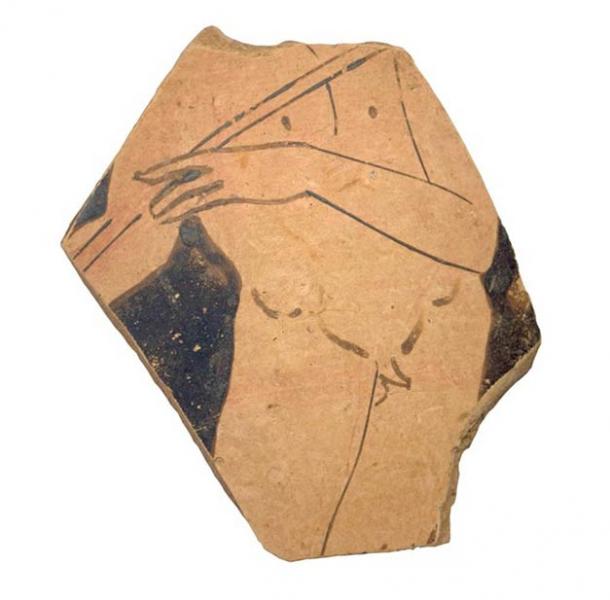2,400 Years Old: Greek Helmet Found Buried Next to ‘elite warrior’
Greek Helmet: An archaeological team working at the Illyrian Cave Sanctuary in Nakovana, under the leadership of the Project Coordinator, Dr. of the Archaeological Department of the University of Zagradeb, Southern Dalmatia in Croatia. Hervoege Potrebica reveals Greek- 4th century BCE. According to eu.greekreporter.com with pieces of Illyrian war helmets still inside.
It is one of about forty helmets present in the world and is extremely rare. The design of the helmet was open-faced and probably originated in the Peloponnese in ancient Greece around the 8th century BCE.
They were worn by the Etruscan and Scythian tribes of ancient Greece for centuries until the 5th century BCE and for Illyrians by the 4th century BCE, a lesser known tribe.
Along with the helmet were weapons such as spears and knives made of iron, a bronze bracelet, bronze tweezers, fifteen bronze and silver amulets with the remains of a woman called a fibula, a dozen needles, about thirty luxury-quality Greeks. vases and hundreds of glasses. And amber beads.

Unfortunately, the man’s skeleton was presumably in poor condition as the tomb was torn down which may have led one to wonder that other beautiful treasures had been lost.
The tomb cut from solid rock, which was a rectangle about ten feet down, about six and a half feet.
It was found in 2022 when a reconnaissance team from the Center for Prehistoric Research was dispatched to find areas of potential archaeological interest in and around the sanctuary, which originally housed the research consultant of the Institute for Anthropological Research and Research Institute. Stasso was discovered by Förenbahr. Assistant Professor at Zagreb University in Croatia.
Dr. Förnbahr has discovered ritual areas that date from the 4th to 1st century BCE containing fine quality pottery. Using modern research techniques, the team is able to discover both flat and mound tombs hidden in rocky landscapes. It was the restoration of one of these burial mounds that revealed the warrior’s grave goods.
More tomb mounds were found around the village of Zakotorak where archaeologists hope to find more evidence of burials and perhaps an ancient religious shrine when Kovid-19 is relaxed.
In 2022, archaeologists at the University of Warsaw’s Southeastern Europe Research Center in Poland discovered the first known Illyrian castle complex in the small neighboring country of Montenegro while excavating the city of Ronzon.

According to Scienceinpoland.pap.pl, the palaces were built in the 3rd century BC and may have been the residence of Queen Tuta the Inaccessible and later King Ballios.
The architecture was completely unique, one made up of a palace, built in 260BC, and the other after 250BC by two different kings who used palaces. Very little is known about Bailayos but enough coins stamped on his image show that he was a powerful ruler from 167BC to 135BC.
The discovery of his palace also helps researchers to put their line of succession in the correct order. The previous resident, Rani Tuta, ruled for her newborn child as queen from 231BC to 227BC.
The palace was then attacked and destroyed, another was built much larger, with a kitchen and banquet hall, a mosaic floor that was built using pebbles and molded door frames around wooden doors.
A formidable ruler, he also took the giants of Rome but was forced to surrender in 227BC. Montenegro still honors him with images on the current currency and sculptures in the city.
The oldest palace was a large room with a chimney surrounded by several marble columns, where archaeologists found thirty coins, possibly a religious offering. Storage rooms for amphora, large vessels used to transport wine and food items, were also found.
